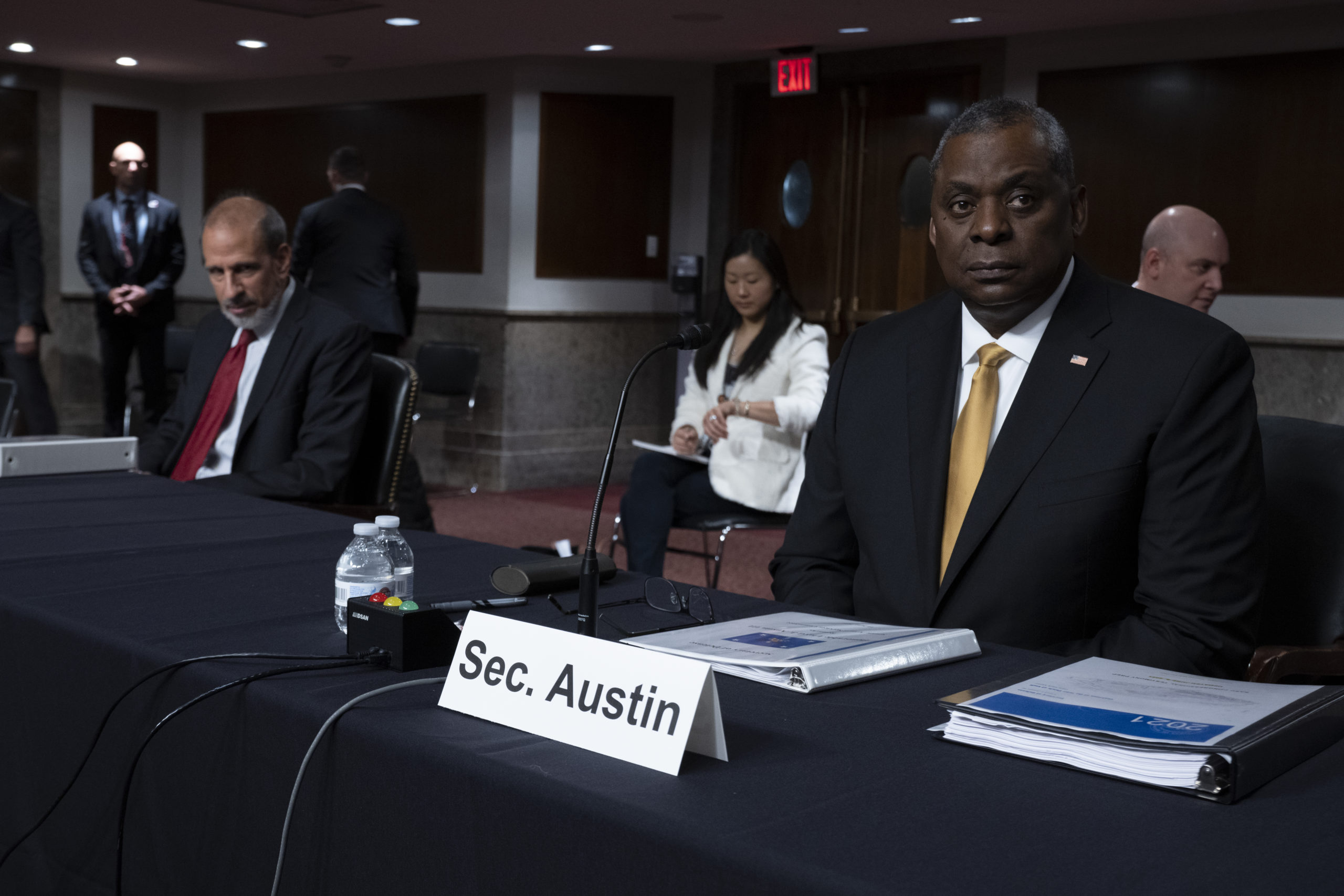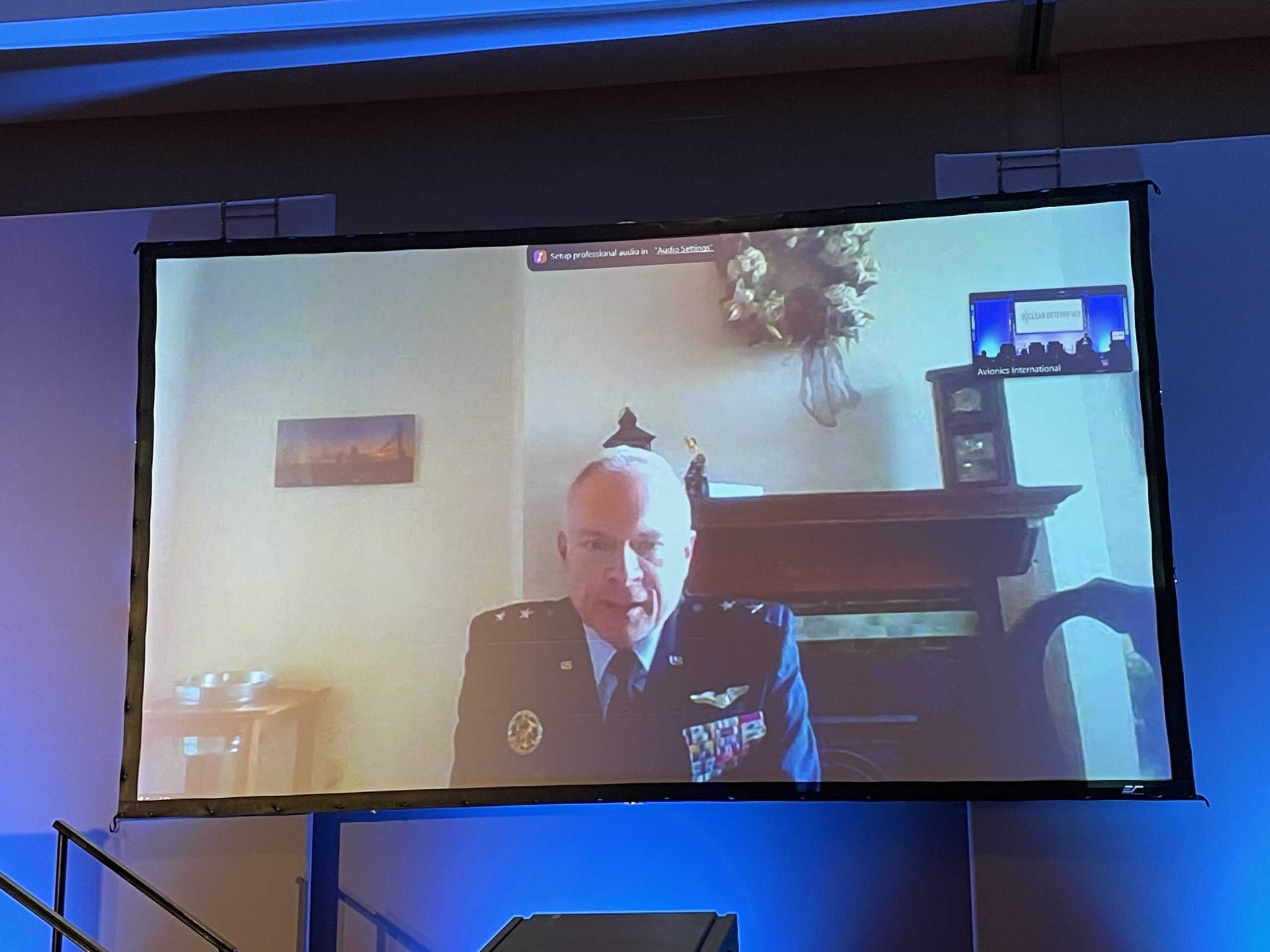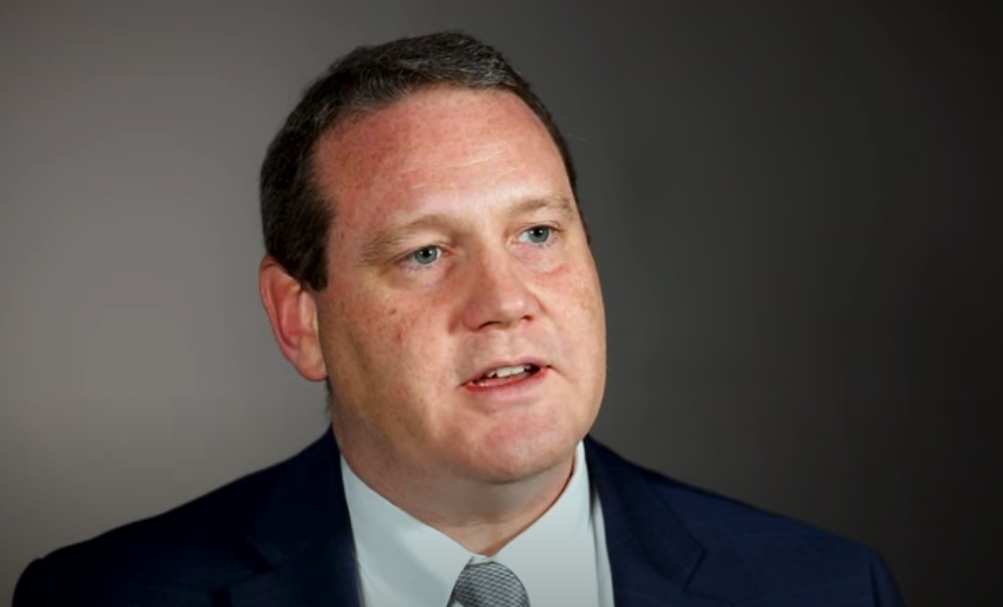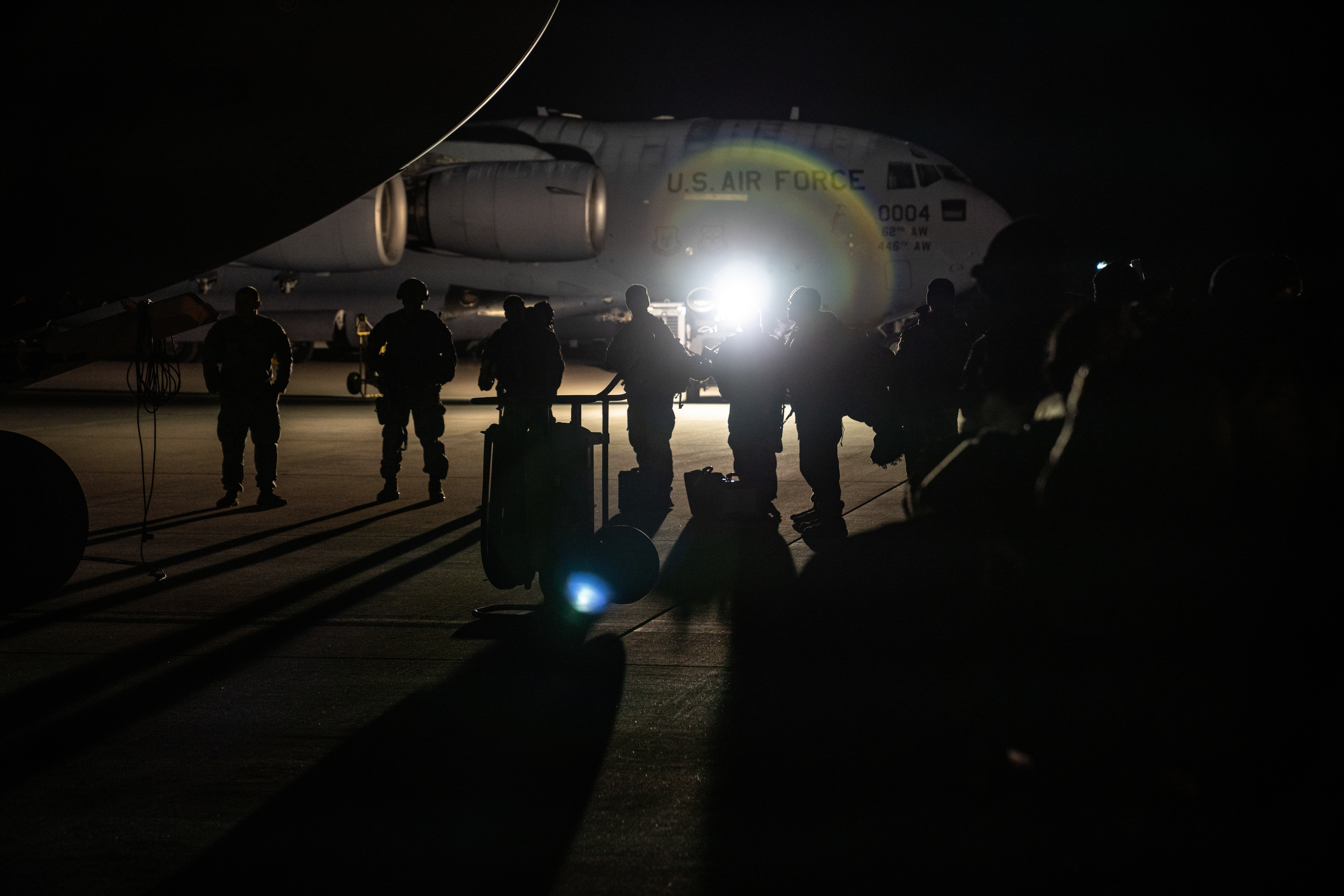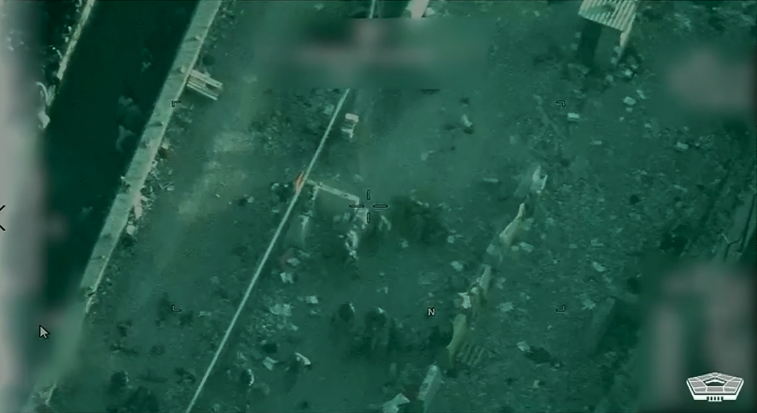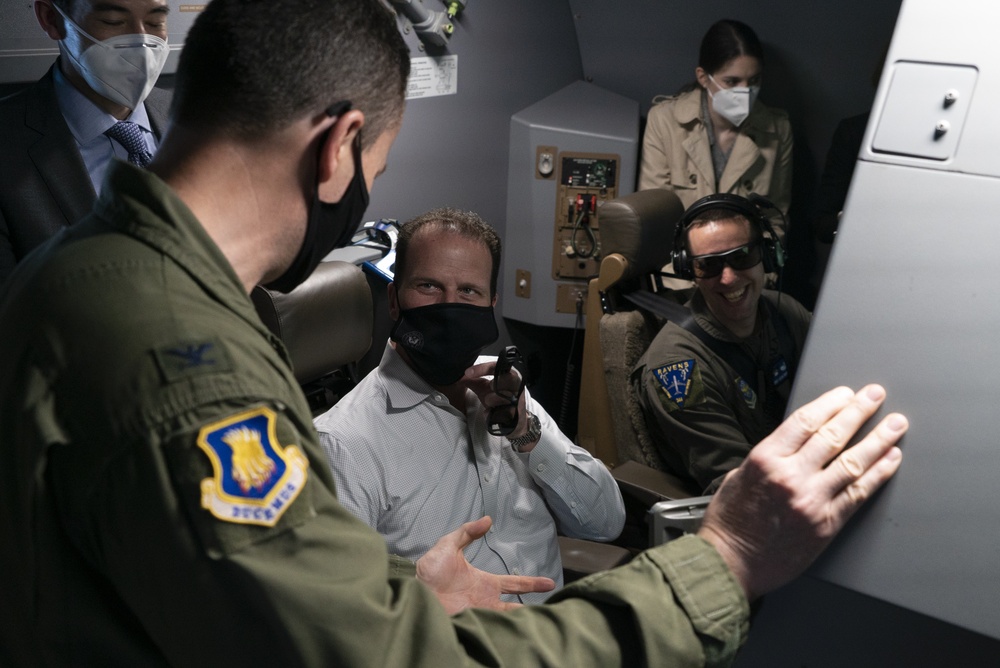The Department of the Air Force has approved nine religious accommodation requests to its COVID-19 vaccine requirement, it announced Feb. 8, marking the first such accommodations approved by the department since the requirement went into effect late last year.
Eight of the religious exemptions were approved by the service members’ major command or field command, while one was granted via an appeal to the Air Force’s surgeon general.
“The Department of the Air Force determined the service members’ accommodations could be supported with no impact to mission readiness,” spokesperson Ann Stefanek said in a statement.
The Air Force released no other information about the service members who received accommodations. Stefanek declined to say whether any of them are in the Space Force or what set the nine apart from the thousands of religious accommodation requests that were denied or still pending.
Within the DAF, thousands of Airmen and Guardians have sought religious exemptions. As of Feb. 7, more than 3,000 requests had been turned down at the major/field command level, and more than 400 had been denied on appeal as well.
According to a memo signed by Air Force Secretary Frank Kendall, service members whose religious exemption requests are denied at the major command or field command level have five days to exercise one of three options:
- Start the COVID-19 vaccination process.
- File an appeal with the Air Force surgeon general.
- Request to separate or retire, “if able, based upon the absence of or a limited Military Service Obligation.”
If an appeal is denied, the five-day clock restarts. If the service member still refuses to receive the vaccine, the Air Force will start the discharge process. As of Feb. 7, 142 Active-duty Airmen had been administratively discharged. Under the 2022 National Defense Authorization Act, those booted from service solely for refusing the vaccine will be discharged under honorable or general conditions.
In addition to the nine religious accommodation requests granted, the DAF has also granted 1,476 medical exemptions across the total force, along with 1,837 administrative exemptions. Nearly half of those medical exemptions have been granted to the Active-duty force, while most administrative exemptions have been granted to the Guard.
The vast majority of Airmen and Guardians have received the COVID-19 vaccine—97.9 percent of those on Active duty, 93.1 percent of the Reserve, and 93 percent of the Air National Guard, according to the most recent data.


